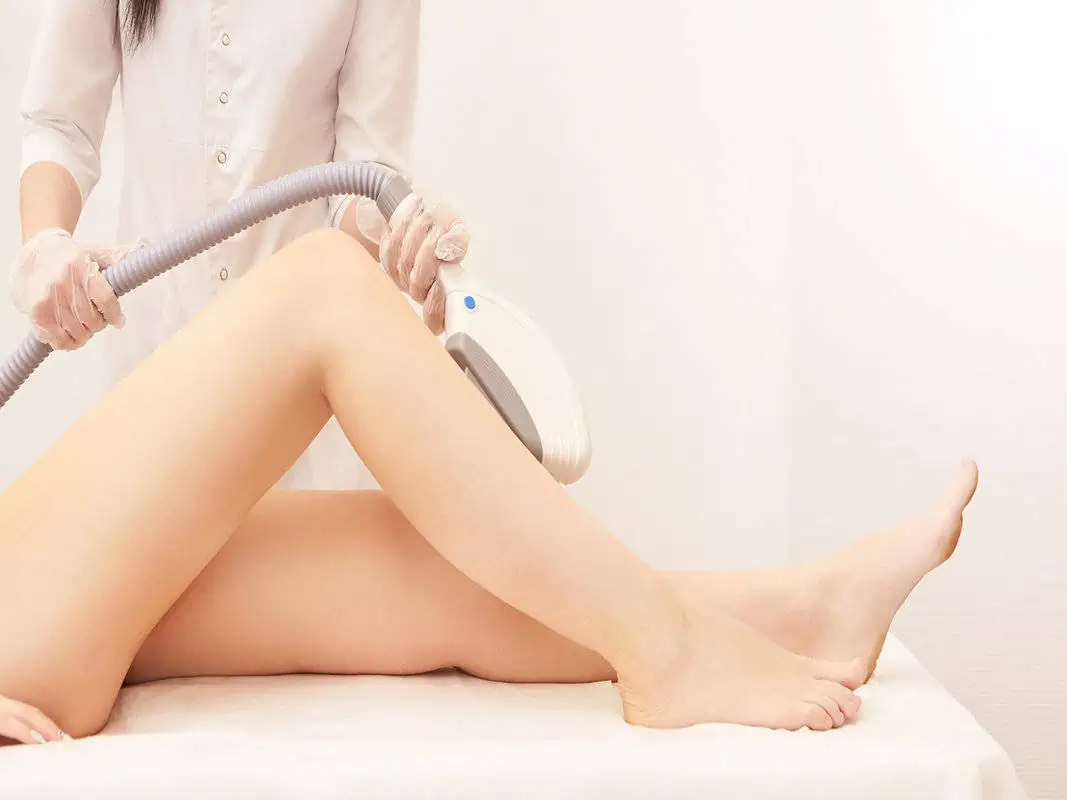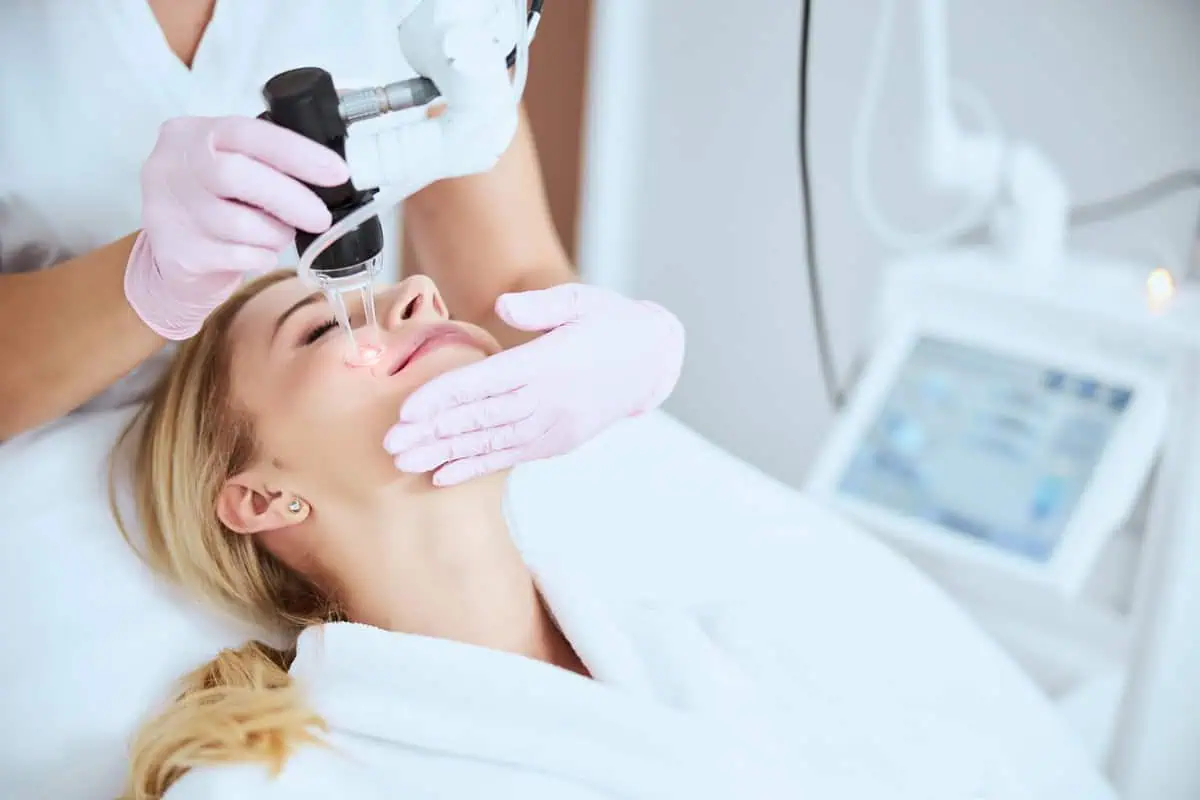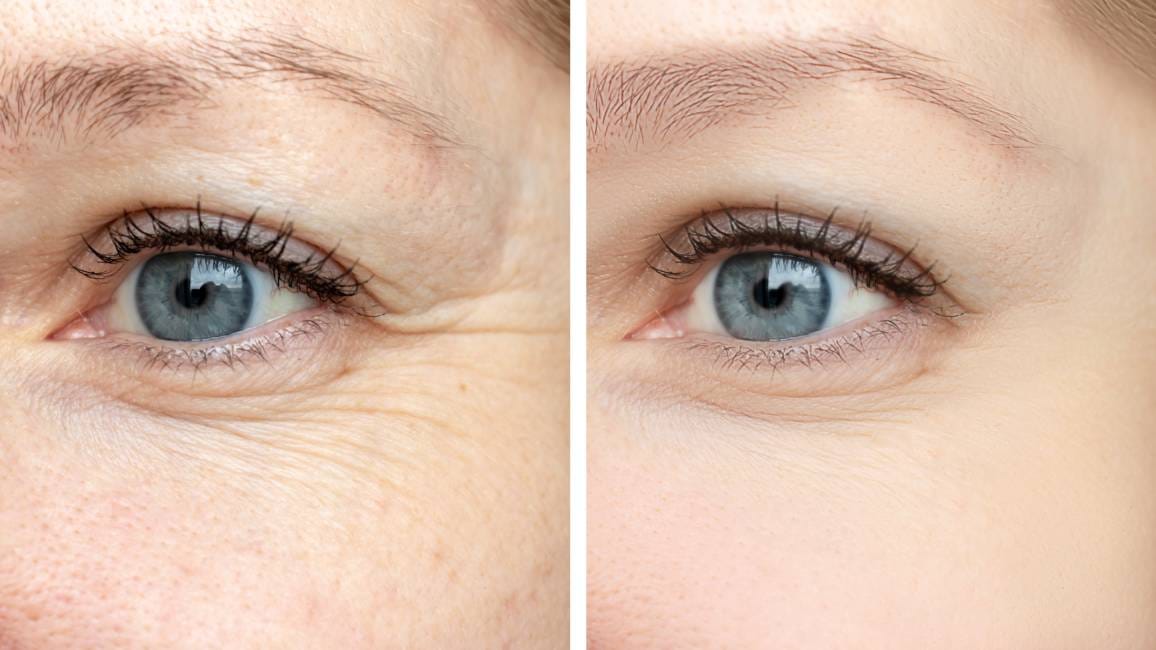Introduction
Navigating the world of cosmetic dermatology can often lead to questions about specific treatments like vascular therapy and skin tag removal. While seemingly straightforward, these procedures encompass various techniques to enhance skin appearance and address common skin concerns. Let’s cover all there is to know about skin tag removal and vascular treatments in this extensive guide, providing crucial information for anybody thinking about these dermatological procedures.
Vascular Treatments
What Are They?
Vascular treatments are specialized medical procedures aimed at addressing issues related to blood vessels, such as spider veins, varicose veins, and rosacea. These treatments use techniques like laser therapy, sclerotherapy, and radiofrequency ablation to target and diminish the appearance of visible veins. The goal of vascular treatments is not only cosmetic improvement but also to alleviate symptoms like pain or discomfort associated with certain vascular conditions.
How Do They Work?
Vascular treatments work by targeting the affected blood vessels to reduce their visibility or eliminate them. In laser therapy, intense light is directed at the veins, causing them to heat up, collapse, and eventually be absorbed by the body.
A solution is injected into the veins during sclerosing therapy, irritating the lining and causing the veins to shut and eventually disappear. In radiofrequency treatments, thermal energy is used to accomplish the same goal.
Benefits of Vascular Treatments
The benefits of vascular treatments are multifaceted, offering both aesthetic and health advantages:
- Cosmetic Improvement: These treatments effectively reduce the appearance of unsightly veins, such as spider veins and varicose veins, leading to more transparent, more even skin.
- Relief from Symptoms: Beyond cosmetic concerns, vascular treatments can alleviate symptoms associated with problematic veins, including aching, swelling, and discomfort, especially in the case of varicose veins.
- Minimally Invasive Options: Vascular treatments are a convenient choice for people looking for effective remedies without having to significantly disturb their regular lives because many of them are non-surgical, minimally invasive, and involve little to no downtime.
- Boosted Confidence and Comfort: By addressing both the visual and physical symptoms of vascular issues, these treatments can significantly improve an individual’s confidence and overall quality of life.
- Long-Term Results: Although individual results may vary, many patients experience long-lasting outcomes, reducing the need for frequent treatments.
These benefits underscore why vascular treatments are a popular choice for individuals looking to address both the cosmetic and functional issues related to visible and problematic veins.
Skin Tag Removal
What Are Skin Tags?
Skin tags are benign, tiny growths that typically appear as soft, flesh-colored or slightly darker pedunculated outgrowths on the skin’s surface. They are usually present on the neck, armpits, groin, and eyelids, or other places where skin scrapes against clothing or other skin. Although skin tags are benign and do not indicate cancer, they may cause discomfort if they get inflamed by clothes or friction.
Removal Techniques
Several effective techniques are available for skin tag removal, each with its own method and suitability for different types of skin tags:
- Cryotherapy: Using liquid nitrogen, the skin tag is frozen in this manner. It’s a quick procedure, usually causing the tag to fall off within a few days to a week.
- Surgical Removal: A straightforward technique where a doctor uses a scalpel or surgical scissors to snip off the skin tag. It’s often used for larger skin tags and can provide immediate results.
- Electrosurgery: This technique burns off the skin tag using a high-frequency electrical current. It’s particularly effective for smaller tags and those with a narrow base.
- Ligation: In order to stop the skin tag’s blood supply and eventually cause it to fall off, it is tied off at its base with surgical thread.
- Over-the-Counter (OTC) Remedies: There are various OTC products, such as creams and patches, designed to remove skin tags. These often require consistent application over a period to be effective.
Each of these methods has its advantages and potential drawbacks, and the choice of technique will depend on the size and location of the skin tag, as well as individual patient preferences and medical history. It’s important to consult with a healthcare professional before deciding on the best method for skin tag removal.
Aftercare and Healing
Proper aftercare and healing are crucial following skin tag removal to ensure the best possible outcome and minimize the risk of complications. Here are some key aftercare guidelines:
- Keep the Area Clean: Gently cleanse the treated area to prevent infection.
- Apply Antibiotic Ointment: Use antibiotic ointment if recommended by your healthcare provider.
- Avoid Irritation: Refrain from rubbing or applying pressure to the treated area.
- Monitor for Signs of Infection: Redness, swelling, or pus are signs to keep an eye out for.
- Allow Natural Healing: Let the area heal naturally without picking at scabs.
- Protect from Sun Exposure: Shield the area from the sun to prevent hyperpigmentation.
- Follow Specific Instructions: Adhere to any unique aftercare guidelines provided by your healthcare professional.
The healing process is generally quick, with most people recovering within a few days to a week, depending on the size of the skin tag and the method of removal used. Proper aftercare ensures a smooth recovery and optimal results from the skin tag removal procedure.
Considerations Before Treatment
Before proceeding with vascular treatments or skin tag removal, there are several important considerations to keep in mind:
- Medical Consultation: Consult a dermatologist or medical professional to evaluate treatment suitability and discuss potential risks or side effects.
- Understanding Your Condition: Have a clear understanding of your skin condition and how these treatments can specifically address your needs.
- Treatment Options and Expectations: Be aware of the different treatment options available and have realistic expectations about the results and the timeline for seeing these results.
- Health History and Medications: Tell your healthcare provider about your medical history and the supplements and medications you take.
- Potential Risks and Side Effects: To make a sound decision, be aware of the possible risks and side effects connected to the selected course of treatment.
- Cost and Insurance Coverage: Since these treatments are often considered cosmetic, check the costs and whether they are covered by your insurance plan.
- Post-Treatment Care and Downtime: Be prepared for any post-treatment care requirements and consider any necessary downtime from your daily activities.
- Provider’s Qualifications and Experience: Ensure that the healthcare provider performing the treatment is qualified and experienced in these specific procedures.
By taking these considerations into account, you can make a well-informed decision and prepare adequately for vascular treatments or skin tag removal, leading to a safer and more satisfactory outcome.
Conclusion
Vascular treatments and skin tag removal are effective ways to enhance skin appearance and resolve minor skin issues. Soleil Medical Spa proudly offers expert Vascular Treatments and Skin Tag Removal services, providing our clients with safe, effective, and state-of-the-art solutions for their skin care needs. Transform your skin’s appearance and embrace flawless beauty with advanced Vascular Treatments and Skin Tag Removal, where cutting-edge technology meets personalized care.






